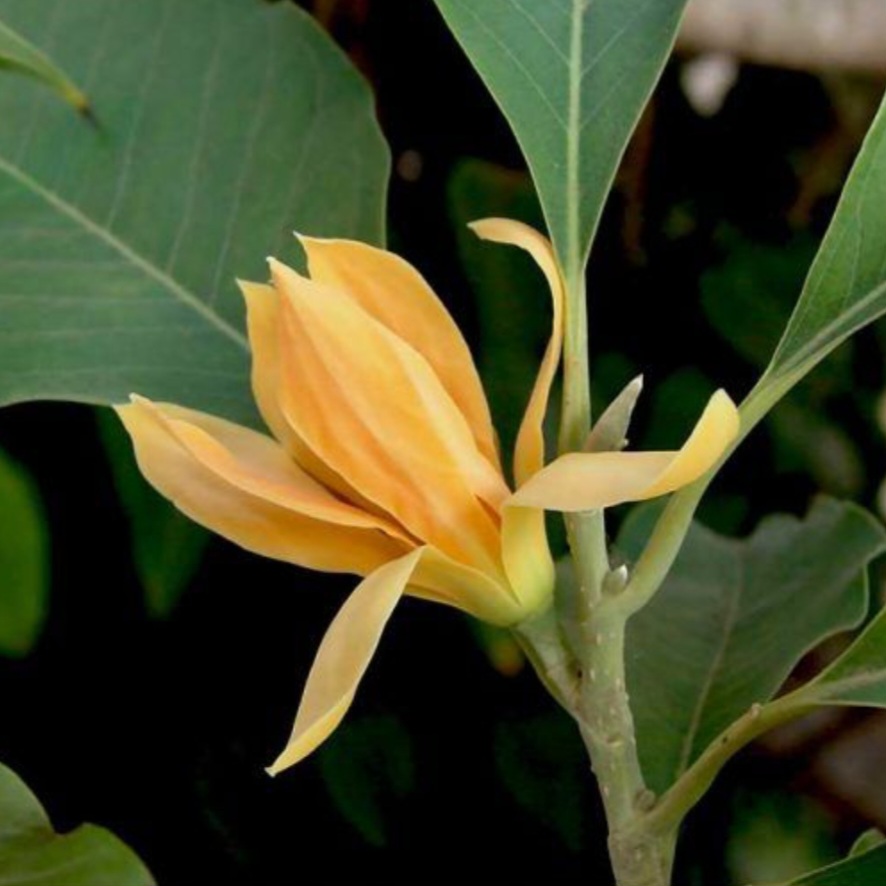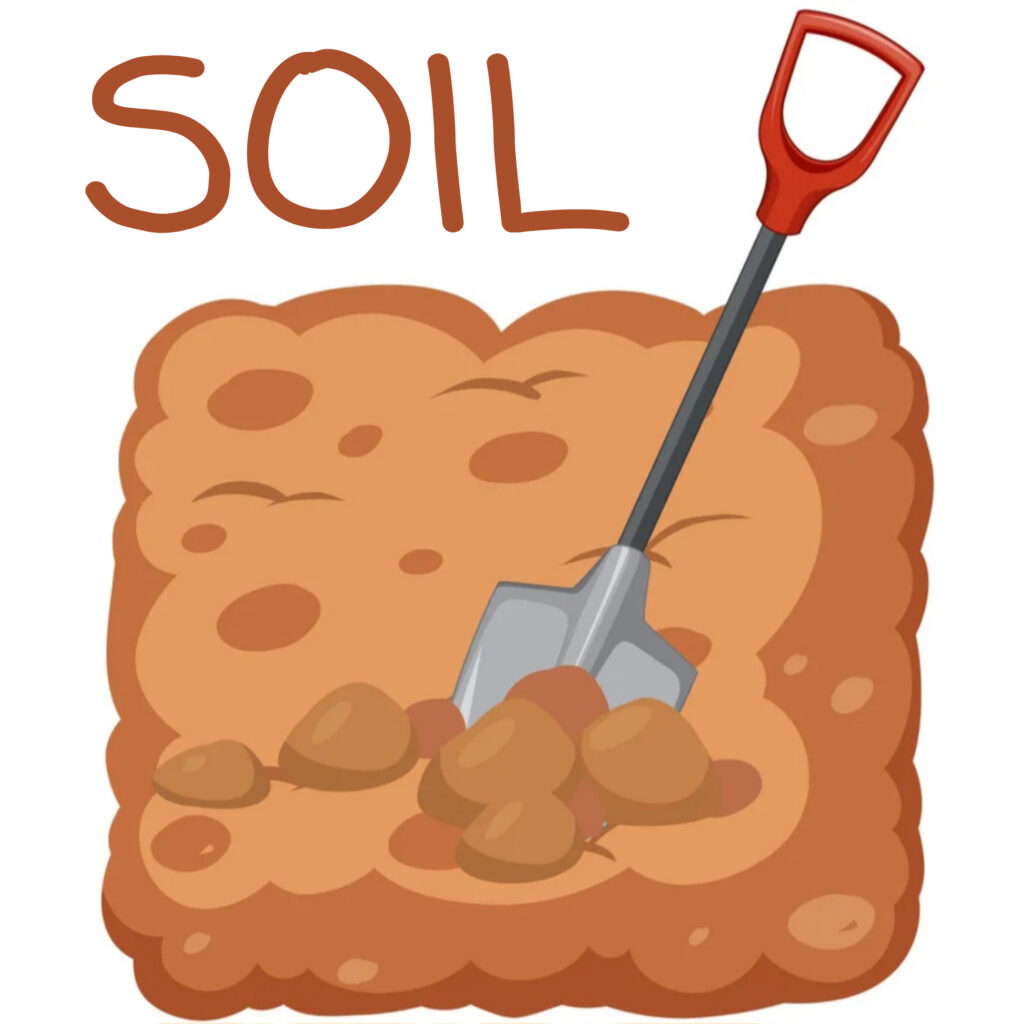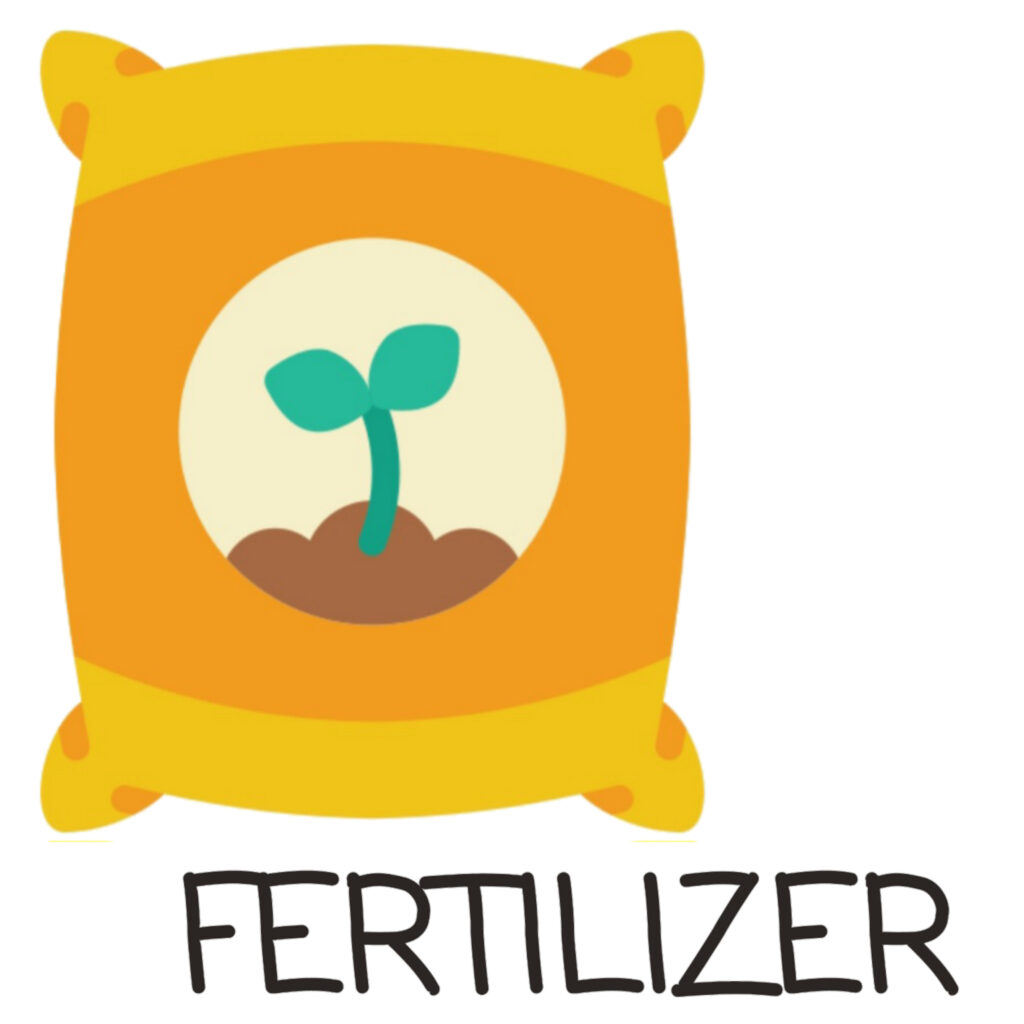
Scientific Name: Cassia fistula
Local Name in India: Sonchafa
The Sonchafa plant, scientifically known as Cassia fistula, is a splendid tree that graces the landscapes of India. Its drooping clusters of golden yellow flowers are a sight to behold and have earned it the local name “Sonchafa.” This tree not only adds aesthetic beauty but also holds cultural and medicinal significance.

SOIL Requirement
Sonchafa thrives in well-draining soil that is rich in nutrients. A loamy soil mix with good drainage is ideal for its growth. Ensure the soil is not waterlogged to prevent root rot. If you’re planting in a pot, use a mix of garden soil, compost, and sand.

Watering Frequency
Regular watering is essential for young Sonchafa plants, especially during the dry months. Water deeply but allow the topsoil to dry out between waterings. Once established, the tree becomes more drought-tolerant but still benefits from occasional watering during extended dry periods..

Sunlight Requirement
This sun-loving tree flourishes in full sunlight. Choose a spot in your garden where it can receive at least 6 to 8 hours of direct sunlight daily. Ample sunlight not only encourages flowering but also contributes to the overall health of the plant.

Fertilizer Application
For optimal growth and flowering, consider using *Kulsum Vermicompost Plus* as your preferred fertilizer. Packed with essential nutrients and beneficial microorganisms, this organic fertilizer enhances the health and vitality of Sonchafa. Apply it once a month during the growing season, whether you’re planting it in a pot or in your garden. This regimen will help the tree produce more vibrant and abundant flowers.

Pruning of Plant
Pruning is essential to maintain the shape and size of the Sonchafa tree. After the flowering season, trim away dead or overgrown branches to encourage new growth and improve air circulation. Regular pruning also prevents the tree from becoming too dense.

Plant Protection
While Sonchafa is relatively low-maintenance, keep an eye out for pests like aphids, mealybugs, and scale insects. Inspect the leaves and stems for any signs of infestation. Use natural remedies like neem oil or insecticidal soap to control pests. Additionally, ensure the tree’s surroundings are clear of debris to prevent fungal diseases.


